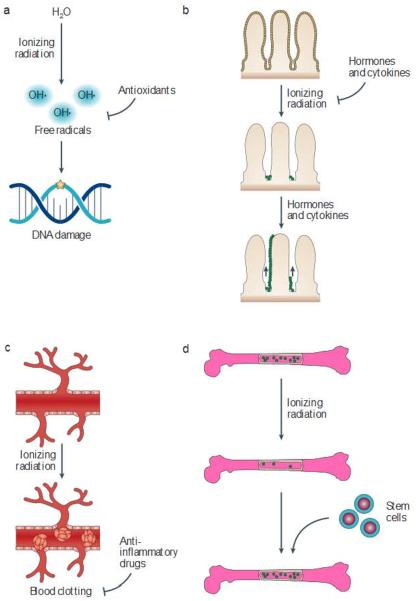Figure 5. Strategies to protect and mitigate normal tissues from radiation damage.
a |Antioxidants can scavenge free radicals that damage DNA b | Hormones and cytokines can be administered before or shortly after radiation to enhance cellular survival and facilitate tissue repopulation. c | Anti-inflammatory drugs can be used to reduce autoinflammatory responses and vascular damage that results in late radiation effects, d | Stem cell scan be used to reconstitute tissues that have been damaged by radiation. Amifostine, an antioxidant, is approved by the US Food and Drug Administration for use in combination with radiation therapy, and paliformin (a recombinant form of keratinocyte growth factor) has been approved for preventing mucositis from total-body irradiation. Several other hormones, cytokines and anti-inflammatory drugs have shown promise as mitigators of radiation injury in animal models. Although bone marrow transplantation has been established as a mitigator of the haematopoietic syndrome, substantial work will be necessary to enable the use of stem cells to regenerate solid tissues following exposure to radiation.

